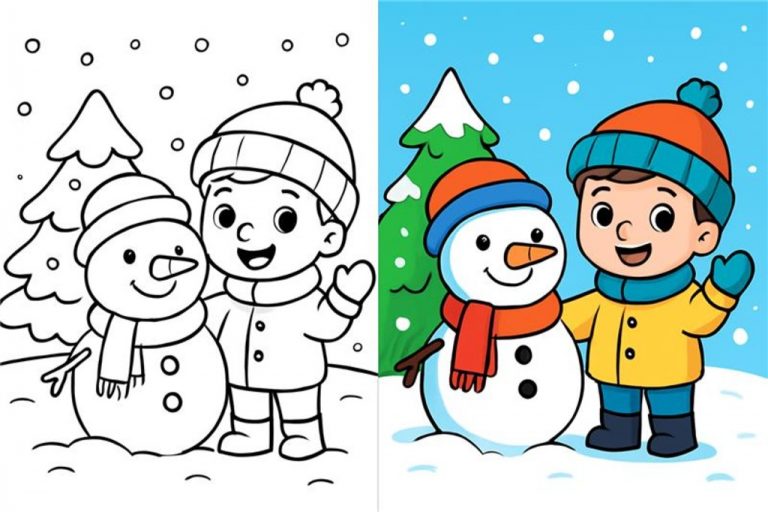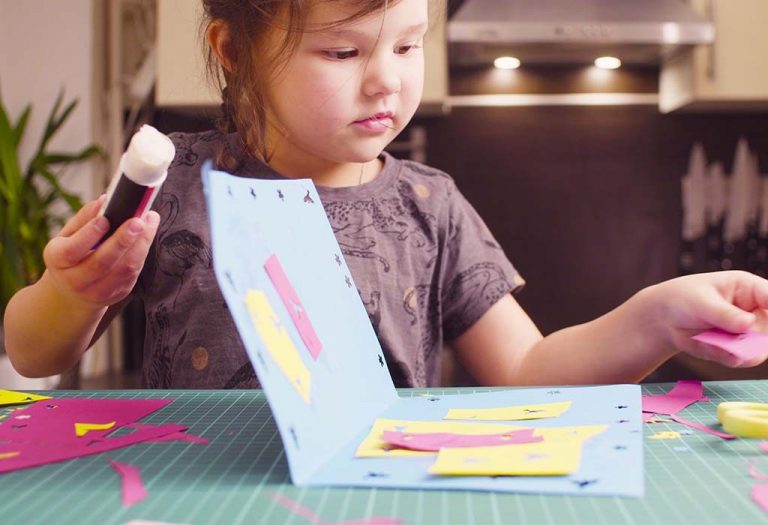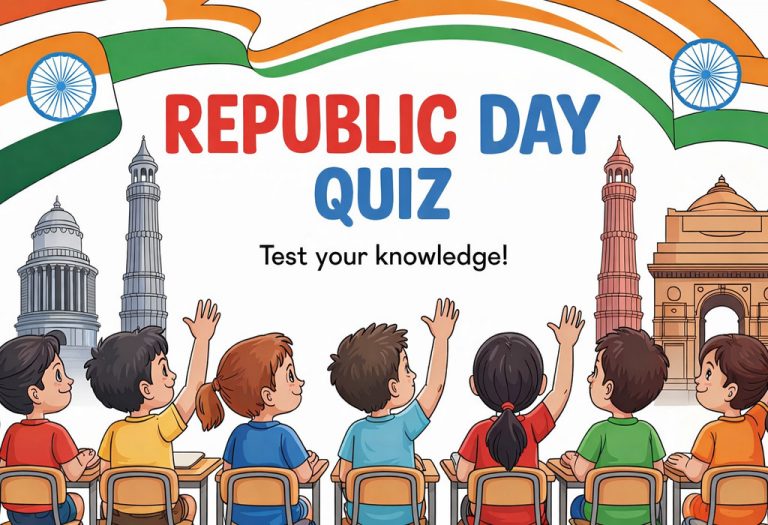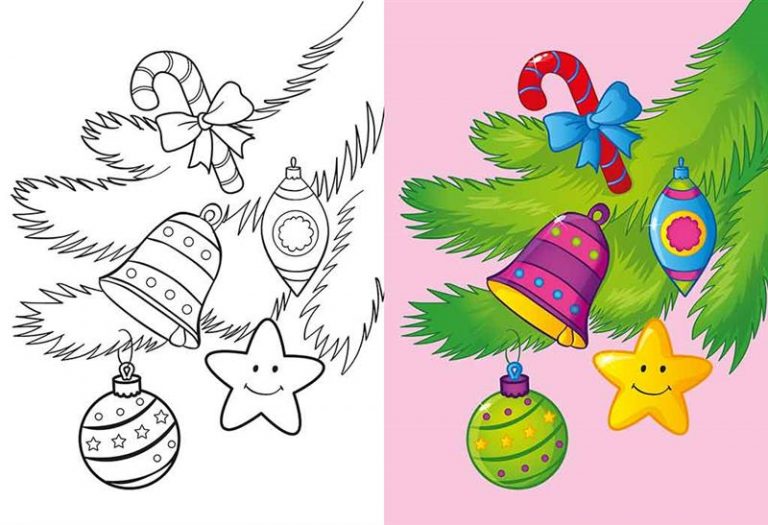12+ Best Hand Games for Kids
Kids can have all the toys they want and still find themselves needing more entertainment, often leaving parents wondering what they can do to entertain their kids. While toys, gadgets, and screens may provide a temporary distraction, nothing compares to the joy and simplicity of hands-on activities that require no special equipment. At times like these, it’s a great idea to fall back on the good old tradition of fun hand games for kids that delighted us during our own childhoods. These classic games not only provide endless fun, but they also foster creativity, hand-eye coordination, and valuable bonding time between children and parents, making them a perfect go-to for quality interaction.
13 Fun and Easy Hand Games for Kids
Here are some fun and easy hand games that you can teach your kids:
1. Shadow Puppets
Best played in a dark room or a room that has a blank wall, this game simply requires you to have a flashlight or lamp and your creativity.
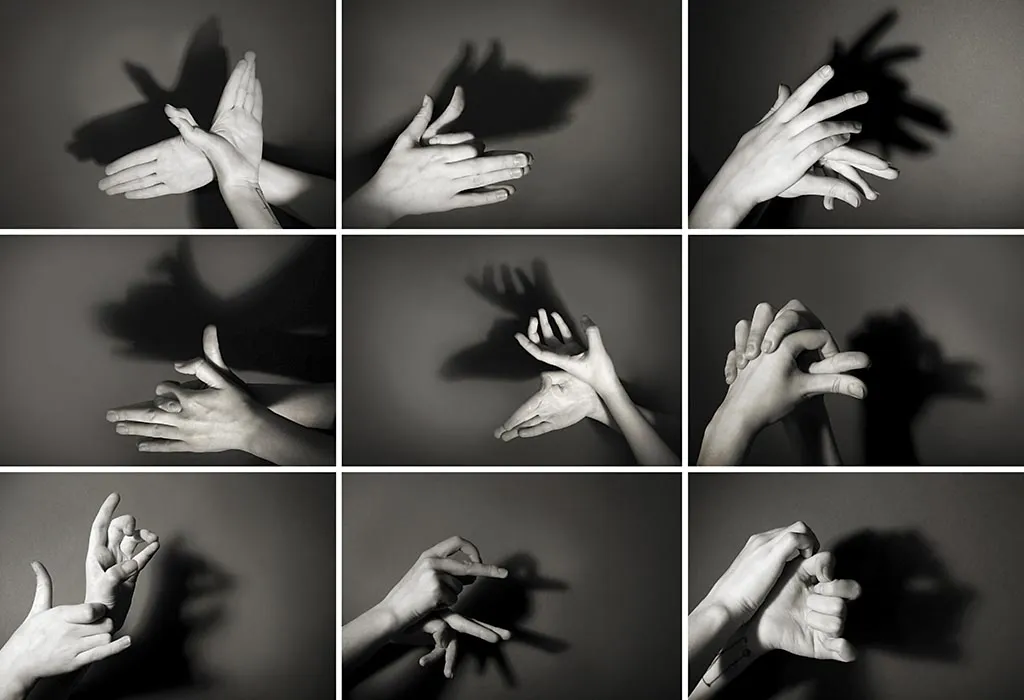
How to Play
- Sit before a blank wall with your kids and keep a bright flashlight or a lamp behind you so that you are sitting between the lamp and wall.
- Using your hands, show your child how to make different animals and things with their hands.
- Once you have mastered forming some sort animals with your hands, you can even come up with a fun story and enact it with your shadow hand puppets.
2. Finger Spelling Game
This is one of the most simple, yet entertaining handheld games for kids.
How to Play
- This game can be played with just two people.
- The two players hold hands, while one of them closes their eyes.
- The second player will trace an alphabet, number, or for bigger kids, small words, onto the hand of the player whose eyes are closed.
- This player will need to guess what is being traced onto his or her hand using only their sense of touch.
- If successful, he or she wins, otherwise, the person who finger-traced is the winner.
3. Pat-a-Cake
This is one of the best hand clapping games for kids.

How to Play
- You will need to sing the rhyme “Pat-a-cake, pat-a-cake, baker’s man,
Bake me a cake, as fast as you can,
Pat it and prick it and mark it with a B,
And put it in the oven for baby and me!” - At the same time, you will need to follow a basic clapping pattern where you alternate between clapping one hand with your child and then by clapping both your hands together.
- If you want to spice the game up, you can create your own sequences.
4. Thumb Wrestling
This is a classic game you must have played during your childhood.
How to Play
- The two opponents will need to curl their fingers and lock hands together, ensuring there is moving space only for the thumbs.
- Count to five to prepare and then declare a thumb war.
- The two players will need to wrestle with only their thumbs. The winner is whoever manages to pin down their opponent’s thumb for three seconds.
5. Palm Slaps
A game meant to be played with two people, this is a childhood hand game that requires quick reflexes.

How to Play
- Two players stand opposite each other.
- One player will keep her palms facing upward and hands held in front of them.
- The second player will need to hold her hands above the first.
- Player one will need to quickly try slapping the back of player two’s hands
- Player two will need to move his hands away quickly to avoid the slap.
- If player one lands a slap on the back of player two’s hands, she is the winner.
6. Stone-Paper-Scissors
There are few people who do not know about this game. It is sometimes used to solve disputes, both between kids and adults.
How to Play
- The game consists of three hand symbols, ‘stone’ is a closed fist, ‘paper’ is an open hand; and ‘scissors’ where the index and middle finger are outstretched and the others fingers touch each other.
- All players will need to stand facing each other and will need to count to three or say “Stone, paper, scissors” and at the same time make one of the shapes with their hands.
- The rules are that stone breaks scissors, scissors cuts paper and paper wraps rock, so if one player makes a rock sign and the other player a paper sign, the player who made paper wins that round. It is often played in groups of three.
7. Hand Stacking Game
This game doesn’t require a specific amount of players.

How to Play
- Take turns to stack your hands one on top of the others, with the child whose hand is at the bottom, moving it to the top.
- You can continue this game on to stack hands as high as the kids can reach.
- You can also go low and stack hands downwards.
8. Addition Game
This is a fun way of practising maths and also staying entertained.
How to Play
- This game can be played like as ‘Stone-Paper-Scissors’ but instead of using specific hand symbols, you will need to use your fingers to show a certain amount.
- If, after the starting count, player one holds out three fingers and player two holds out four, the aim is to quickly add the two numbers together for the answer.
- You can move on to another round once the right answer is reached.
9. Miss Mary Mack
This is a rhythmic hand clapping game combined with a catchy rhyme.
How to Play
- Players face each other and start clapping their hands together, alternating with clapping their own hands and the other player’s hands.
- While clapping, sing the rhyme:
“Miss Mary Mack, Mack, Mack,
All dressed in black, black, black,
With silver buttons, buttons, buttons,
All down her back, back, back…” - Keep the rhythm going while adding hand-clap sequences as you progress.
10. High Five Freeze
This game combines quick movement and a need for stillness.
How to Play
- Two players stand a short distance apart and face each other.
- Take turns giving each other high-fives, but when someone shouts “Freeze!”, both players must hold their last pose without moving.
- The player who moves first loses the round, and you start again.
11. Tic-Tac-Toe with Fingers
A simple variation of the classic game using hand signals.
How to Play
- Players take turns using their fingers to represent Xs or Os.
- Hold up one finger for X and two fingers for O.
- Instead of drawing on paper, players mark their moves by showing their fingers in sequence.
- The first to get three of the same symbols in a row (whether horizontally, vertically, or diagonally) wins.
12. Concentration Game
A rhythmic hand-clapping game where players test memory and focus.
How to Play
- Players sit in a circle and begin a clapping rhythm (clap-clap-slap-slap).
- One player starts by naming a category (e.g., animals, colors) and says a word in that category.
- The next player must say a different word in the same category without breaking the rhythm.
- If a player hesitates or repeats a word, they are out.
13. Snail Fingers
A slow-paced game that requires patience and careful movement, perfect for younger kids.
How to Play
- Two players face each other and extend their index fingers.
- Both players slowly move their fingers towards each other, pretending they are snails approaching.
- The goal is to touch the other player’s finger without them noticing or moving away.
- If a player moves too quickly or flinches, they lose, and the other player wins.
FAQs
1. What are the developmental benefits of hand games for kids?
Kids hand games help develop fine motor skills, hand-eye coordination, and reflexes. They also encourage cognitive skills such as memory, problem-solving, and attention span while fostering social interaction and cooperation with peers.
2. Can hand games improve a child’s language skills?
Yes, many games to play with hands involve rhymes, songs, and verbal cues, which can help improve a child’s vocabulary, phonetic awareness, and verbal communication skills. These games encourage children to listen, repeat, and memorize words, supporting language development.
3. Are hand games suitable for different age groups?
Hand games are highly adaptable and can be tailored to suit different age groups. Younger children can enjoy simpler games like Pat-a-Cake, while older kids may engage in more complex games that require faster reflexes, like Thumb Wrestling or Stone-Paper-Scissors.
4. How can hand games help build social skills?
Hand games often require cooperation, turn-taking, and face-to-face interaction. This helps children practice important social skills such as teamwork, patience, and following rules, while also building stronger bonds with family members and peers.
The games mentioned above are not only great for those times when toys aren’t enough, but they can be played in cars, while waiting in lines, or any other time you need to entertain your child with nothing at hand- except for your hands.
Also Read:
Best Board Games for Children
Exciting Indoor Games for Kids
Writing Activities and Games for Children
Fun Brain Games for Kids
Was This Article Helpful?
Parenting is a huge responsibility, for you as a caregiver, but also for us as a parenting content platform. We understand that and take our responsibility of creating credible content seriously. FirstCry Parenting articles are written and published only after extensive research using factually sound references to deliver quality content that is accurate, validated by experts, and completely reliable. To understand how we go about creating content that is credible, read our editorial policy here.









